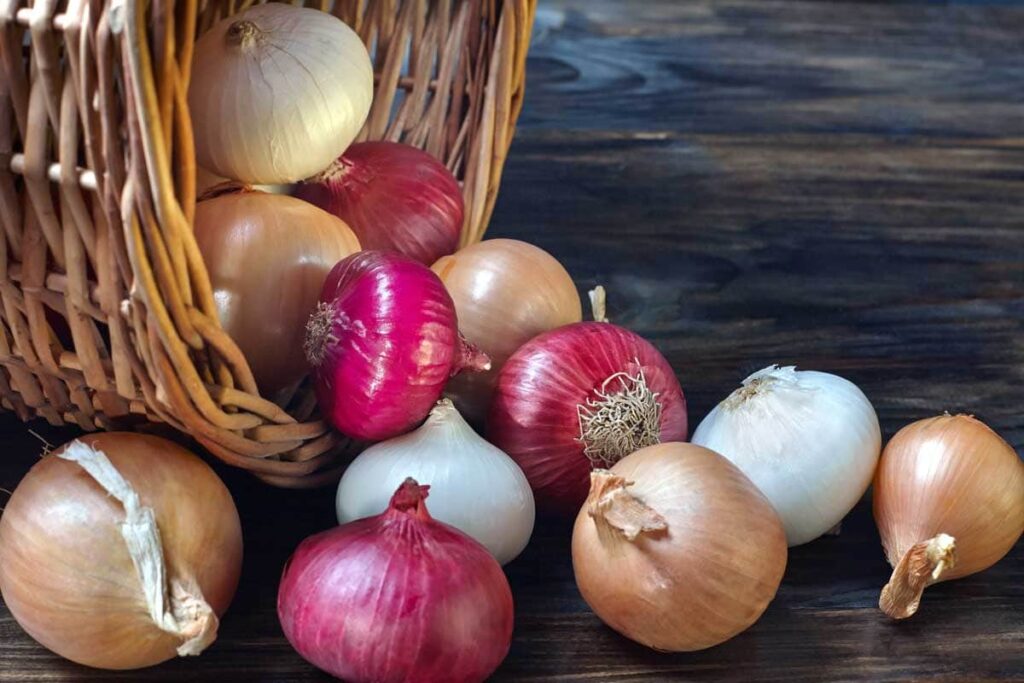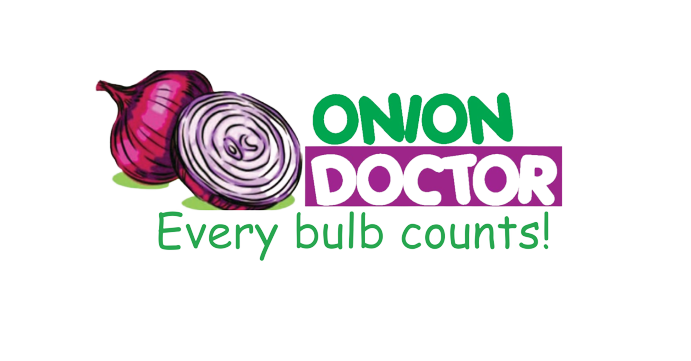Onion Farming in Kenya: Maximizing Yield with Onion Doctor's Expertise

Are you in need of in-depth knowledge on onion and garlic production? If yes, we are a call away. Our service chatter includes: Onion seedlings, Garlic seedlings, Farm planning services, Soil testing, Drip irrigation installation and maintenance, Agronomic support, Onion and Garlic value pack and Farm management. For free consultation, placing orders or booking a visit with an agronomist, please contact us via Call or what’s app +254703982228, Email: Info@oniondoctor.co.ke.
In Kenya, successful onion farming requires meticulous preparation and care. From selecting the right location to managing pests and diseases, every step impacts yield and quality. Let's explore essential practices for optimizing onion cultivation in Kenya, incorporating valuable insights from Onion Doctor, a trusted ally to smallholder farmers across Africa.
Preparation and Fertilizing for Onion Farming in Kenya: Onions thrive in sunny locations with well-drained, nitrogen-rich soil. Prepare raised beds or rows, ensuring a loose, crumbly texture by incorporating compost. Onions are heavy feeders, necessitating consistent feeding for robust bulb development. Before planting, enrich the soil with compost and high-nitrogen fertilizer. Throughout the growing season, supplement with a high-nitrogen liquid fertilizer like fish emulsion to support vigorous growth.
Planting Strategies for Maximum Bulb Production For mature bulb onions, space plants 4-6 inches apart, while those opting for green onions should plant them 2 inches apart. As bulbs begin to form and push the soil aside, cease fertilization. Allow most of the onion bulb to remain above the ground during maturation for optimal growth.
Efficient Water Management for Onions Onions require regular watering, approximately 1 inch per week. Shallow roots demand consistent moisture, especially as harvest approaches. Implement drip irrigation to maintain soil moisture levels and deter foliar diseases. Cease watering when onion tops start to fall over, allowing the soil to dry before harvesting.
Weeding and Disease Prevention Early-season weed control is crucial to prevent nutrient competition. Proper spacing enhances air circulation, reducing fungal diseases like blight and purple blotch. Thrips, tiny sucking insects, can also affect onions. Weed diligently and manage weeds throughout the growing season to mitigate pest infestations.
Harvesting Tips for Long-Term Storage Harvest onions when tops turn brown or yellow and begin to fall over. Aim for about 13 leaves per plant for optimal bulb development. Harvest in the morning on sunny days, shaking off excess soil. Dry onions in the sun for two days, laying tops over bulbs to prevent sunscald.
Partnering with Onion Doctor for Success For smallholder farmers seeking guidance and support, Onion Doctor offers a comprehensive range of services, including quality seedlings, soil testing, drip irrigation installation, and agronomic advice. By leveraging Onion Doctor's expertise in farm planning and management, farmers can optimize yields and achieve maximum profits.
